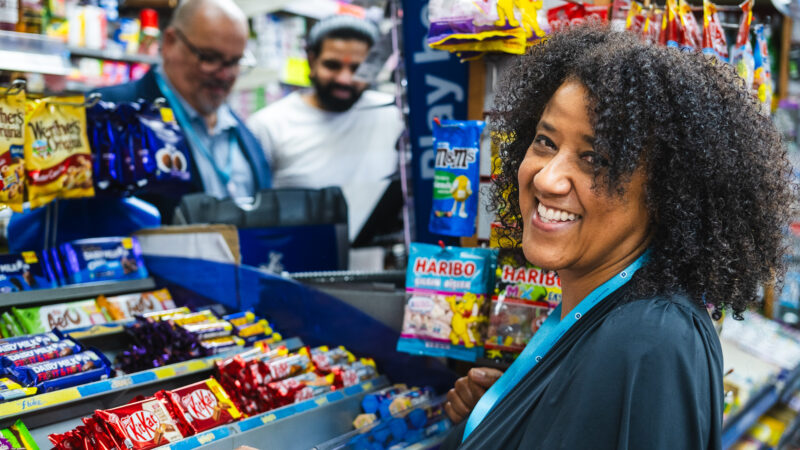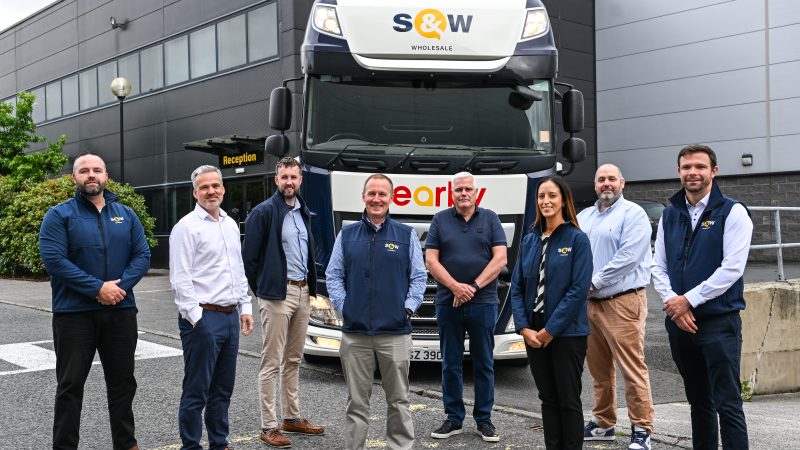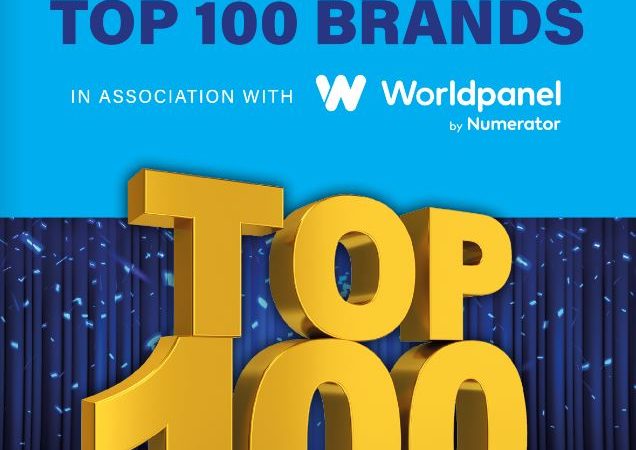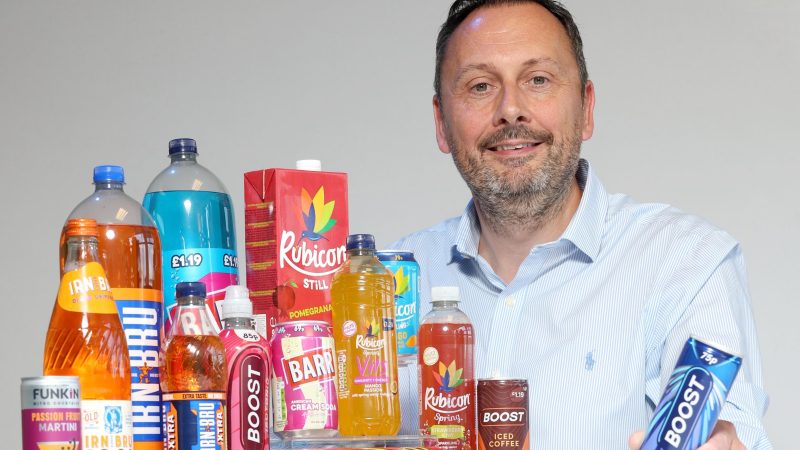The Essence of Business
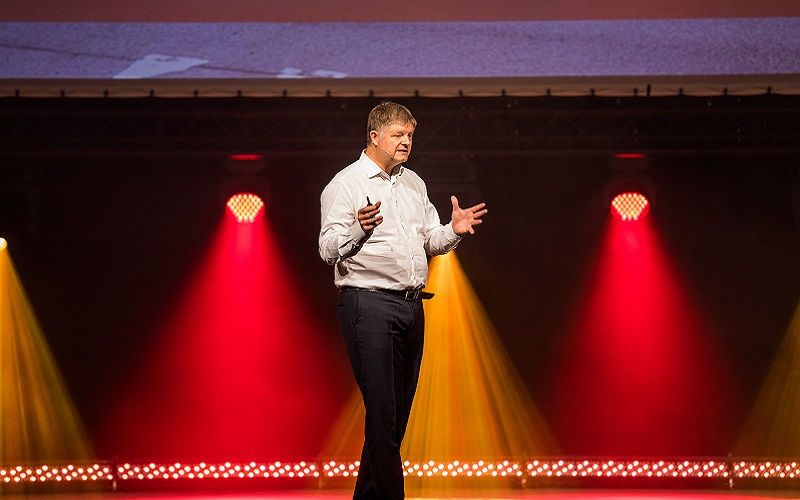
As Circle K begins rebranding all Topaz sites in Ireland, Group President Europe, Jacob Schram outlines his approach to chasing success in any market.
Great leaders are born of a desire to succeed, to make a difference, and in Jacob Schram’s case the passion to create a company culture like no other.
For Schram, Group President for Circle K in Europe, people are the one of the most valuable commodities in the modern business world, and it is their combined power that has the ability to drive the company in a particular direction. “I have always worked in companies who have a lot of employees,” he tells Neighbourhood Retailer. “And I strongly believe that if you want to move your company forward you are dependent on the people around you.”
Schram’s leadership style relies on creating good relationships, whether they are in the boardroom or on the shop floor. Company culture is built from within and creating suitable arenas for his employees to be able to talk and develop is a key aspect of this, he explains. But there is nobody who embodies the brand more than this Norwegian entrepreneur, having enjoyed a pivotal role in Circle K’s conception and global roll-out after Couche-tard merged with Statoil in 2012.
For many people leading the rebranding of the most recognisable fuel retailer in Scandinavia to a completely unknown entity would be more than enough to keep them occupied, but despite having a full working schedule Schram has also found the time to publish a book titled ‘The Essence of Business’.
“Every person or leader feels more or less challenged in periods,” says Schram. “But you have to like what you are doing and have fun – that is what drives me. It is also important to have a life outside of work, you have to have something that engages you outside or else you can burn out.”
The secret to success
Often the greatest ideas arise from personal experience and the initial inspiration for ‘The Essence of Business’ began over 30 years ago when Schram was studying for a Master of Science qualification in Copenhagen.
“I was thinking that there was no real book that talked about how to manage a big company. There were books for marketing, for finance, but I was looking for something different. I thought to myself, I hope I will be able to write this book in the future.”
As the years passed, Schram carried the idea with him and in the year 2000 he began preparing the structure of the book while gathering more experience on the subject. By 2015, encouraged by close friend Gaute Heøgh, he was ready.
“The key message is that if you are a leader at any level – it doesn’t have to be a CEO as long as you are some kind of leader – you have to create return on capital employed, which is easier to explain as results.
“But if you are leading people you can’t talk about results all the time and if you are leading yourself you can’t think about results 24/7 either.
“You need to create results through three areas and that is; having the right strategy, the right execution, and the right people. If you are good at these three things then results will come and then you need to wrap it up in great leadership and that is the core of the model – the essence of business.”
There is a simplistic genius to this formula which Schram believes can be applied to any business, in any market around the globe. “Return on capital employed is illustrated and explained in business books as something that is just for upper management,” he says. “I tried to simplify it and say return on capital employed is about five things. You need to boost sales, and increase margins, then you have to reduce costs, decrease working capital, and minimise the asset profile only keeping the assets that give return.”
In the most simplistic terms he describes it as a “two up and three down formula” which he believes can be explained to any leader in any company and possibly most employees too.
Coming full circle
Getting employees on board with company ethos is a strategy that Schram has had a great deal of experience in having led the evolution of Circle K on a global perspective.
“I understood that in taking down the most well-known and respected brand in Scandinavia and putting in a totally unknown brand was possibly the biggest risk we had maybe ever taken in our business plan,” says Schram. “But I was not concerned because I thought if there was anybody who could turn this into something good then it was this organisation.”
As is common practise with a rebrand, Circle K expected sales to temporarily dip in Europe as customers adjusted to the brand’s new identity. However, Schram revealed that this did not materialise.
“We never saw that curve with Circle K – from day one it began to increase. I have not seen this before in any cases I have studied across the globe, but this has happened in whatever market we have been in and I know it can happen in Ireland too.”
Circle K, officially launched in Ireland on April 13, 2018 just two years after Canadian owned Couche-tard acquired Topaz in a bid to expand their European profile. The company will now work towards rebranding all 432 Topaz sites in Ireland to Circle K over the next 18 months.
Ireland was originally part of the Statoil portfolio sold in 2006 as part of a revaluation of assets, but the retailers in Ireland left their impression on Schram. “I learnt from working with Irish people in the past that they are extremely passionate. They are very proud people and can get things moving. When I think about dedication in retailing I think about Ireland.
“When we left Ireland, they created Topaz very rapidly from nothing to be the biggest retailer in the country with fantastic innovation. It impressed me that they had the ability to move on and when we returned they came back with that same passion and were thrilled to be part of the family again.”
Ireland, Schram believes, has always been a sophisticated market in terms of offer and food-to-go but in the last 10 years Scandinavia and the rest of the world have been playing catch up. “People all over the globe have started to demand much better quality and freshness in food-to-go situations and I think there is a similarity between the Ireland and Scandinavia,” says Schram. “Circle K Europe has developed a lot of new practises which will be beneficial to the Irish market.”
The transformation from Statoil to Circle K is almost complete in Europe but the journey is just beginning in Ireland. A large part of Circle K’s success in Scandinavia and the rest of Europe Schram attributes to the enthusiasm and dedication of the staff on the ground driving the relaunch of their own stores with creative and enticing methods.
His advice to Irish retailers undergoing the transformation from Topaz to Circle K is to live the brand.
“You have to get on board yourself and then it will trickle down into every station employee because then it shows from the inside. If you inspire your staff by helping them to be more creative and engage customers in the new brand then that’s a successful formula.”


